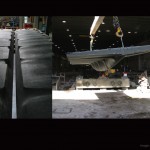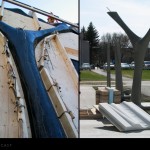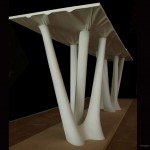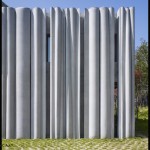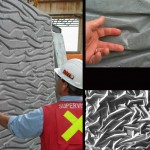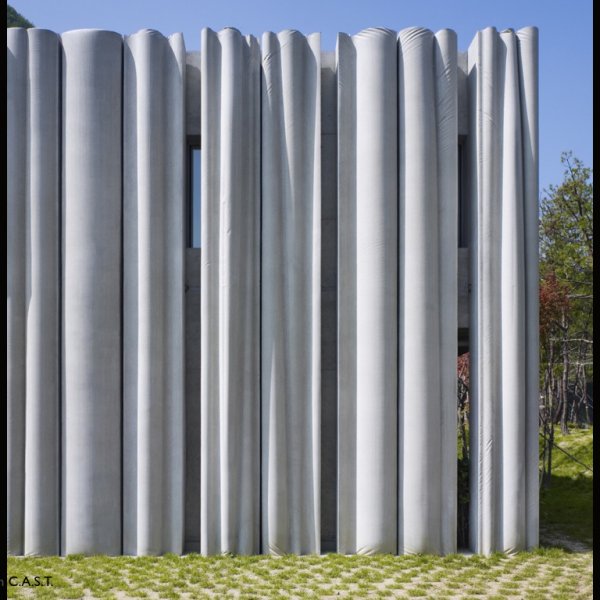
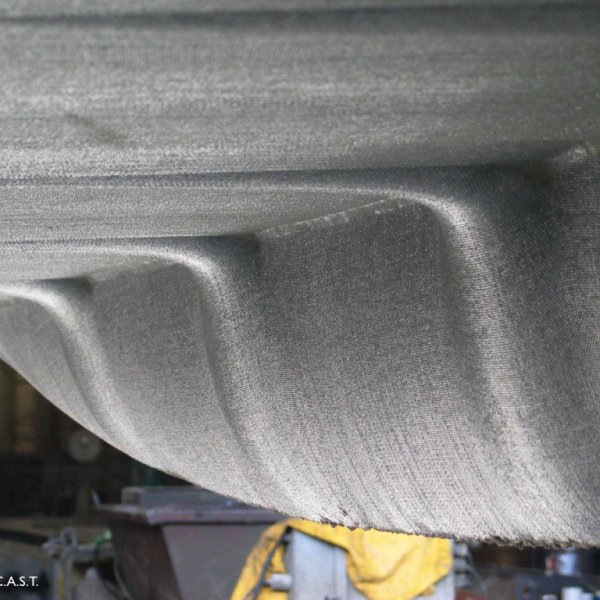
Precast concrete
Precasting concrete elements allow bigger economy in the production of structures and reduce the time of construction. Precast concrete allows more control in the concrete production process.
Precast concrete elements formed in textiles
The efficacy of these flexible fabric molds can be extended into the final cast elements by creating more efficient structural shapes than the standard box shapes formed in rigid molds. These material savings provide real potential for more sustainable architectural and engineering constructions in both low and high capital economies.
This flexibility introduces the creation of a much higher complexity in final cast concrete forms, substantially increasing the value and the quality of concrete work without increasing the cost substantially.
Using textiles to shape concrete can change the way we approach this ancient material. When concrete is shaped in flexible molds, it opens a new field of forms. Textiles reveal the nature of concrete as a plastic and fluid material. This also generates a new way of thinking about the design methods in concrete architecture. The materials involved in this process are turned into active actors in design and construction.
This construction method can touch a wide range of fields; architecture, structural engineering and sculpture can be mixed through this media, making boundaries difficult to be trace.
images from Ronnie Araya, C-A-S-T- (Centre-for-Architectural-Structures-and-Technology)
- Mold and final pre cast beam
- T beam developed in C.A.S.T.
- T beam developed in C.A.S.T. lafarge



